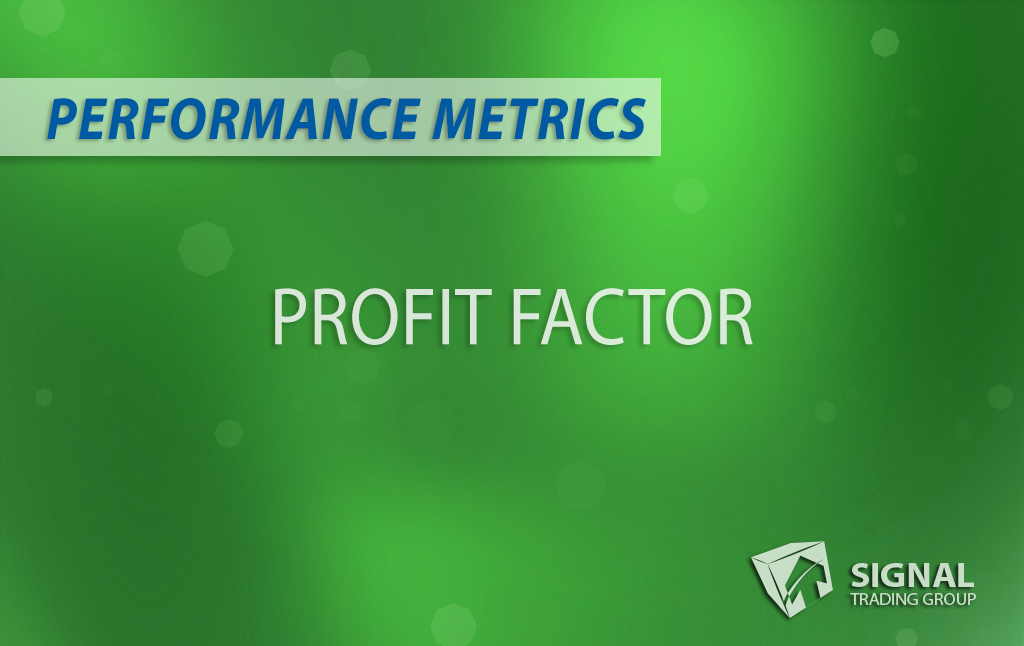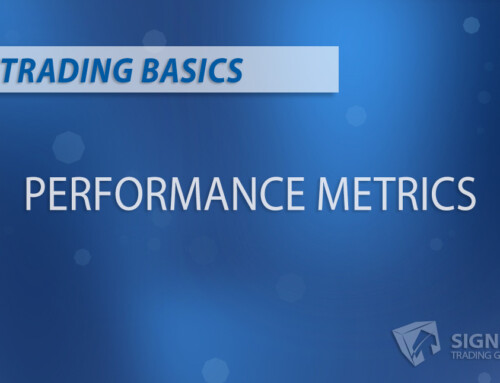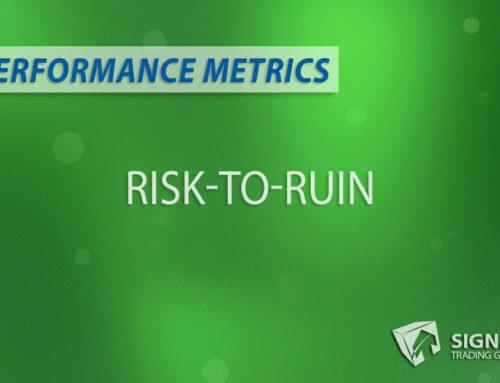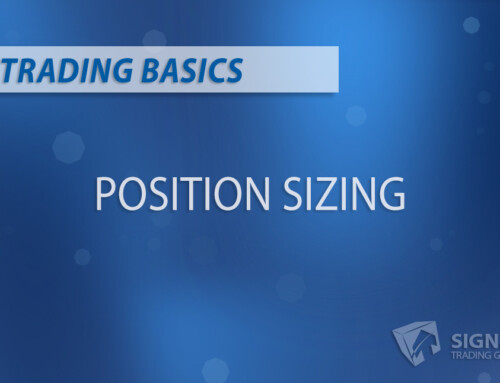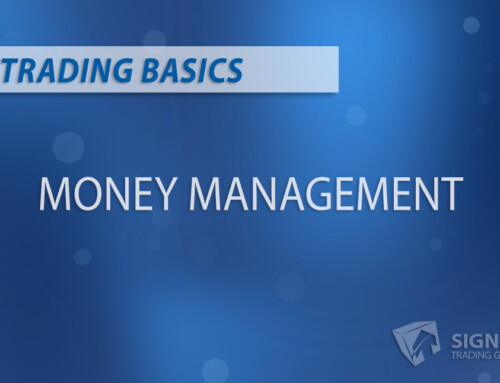The “Performance Metrics 101” blog series is geared towards providing traders with the essential evaluation tools they need to assess trading performance accurately. The goal is to provide a complete understanding of these tools, enabling traders to use them effectively.
Profit Factor: A Key Metric for Trading Performance Assessment
Traders know the importance of keeping track of their trading performance and evaluating the success of their strategies. The Profit Factor metric is one of the most popular metrics to measure a system’s trading performance. This blog will explore what it is, how to calculate it, its limitations, and how to optimize your trading strategy. We’ll also discuss why this metric is essential for traders seeking sustainable market success.
What is Profit Factor?
The Profit Factor is a popular trading performance measurement used to assess the effectiveness of a trading strategy. It is the total gross profit ratio to the total loss from a trader’s transactions. In other words, it approximates the average profit per unit of risk taken in a given strategy.
The Profit Factor Formula
To compute the Profit Factor, you need to follow this straightforward formula:
Profit Factor = (Total Gross Profit) / (Total Gross Loss)
Profit Factor in Trading
The Profit Factor helps traders assess how much they gain for each unit of risk. A higher profit factor suggests that the trading strategy consistently generates profits and minimizes the likelihood of losses. For example, a value of 2.0 means that a trader gains twice more from profitable trades than they lose in unprofitable ones.
Let’s look at a real-life scenario: Imagine that you have made ten trades, five of which are profitable, yielding profits of $100, $150, $200, $150, and $200. And your five losing trades resulted in losses of $150, $75, $75, $125, and $50. The total gross profit is $800, and the total gross loss is $475. Using the profit factor formula, we have the following:
Profit Factor = ($800) / ($475) = 1.68
In this case, your trading strategy has a profit factor of 1.68, which is a promising value, indicating a high level of profitability.
Limitations of Profit Factor
Although the Profit Factor is a valuable tool for evaluating trading strategies’ performance, it does have some limitations:
- It doesn’t account for the capital deployed and, thus, the return on investment;
- It doesn’t consider other risk metrics, such as maximum drawdown, which measures the maximum decline from a historical peak;
- It doesn’t provide insights into the frequency of winning and losing trades, which may play a role in determining the psychological impact on the trader.
Complementary Metrics to Profit Factor
Besides the Profit Factor metric, there are other essential metrics that traders should consider when assessing the performance of their trading strategy. These include
- Return Retracement Ratio;
- AWAL;
- Annualized Return;
- RINA Index;
- Maximum Drawdown.
These additional metrics provide a more thorough understanding of your trading strategy’s risks, volatility, and effectiveness.
Tips for Optimizing Your Trading Performance
With the knowledge of the Profit Factor and complementary metrics, you can work on optimizing your trading performance by adopting the following practices:
- Analyze your trading performance periodically, measuring your profit factor and other relevant metrics;
- Regularly fine-tune your strategies based on the insights from these metrics to maintain a higher profit factor;
- Pay attention to trade frequency and the psychological impact of wins and losses on your trading;
- Avoid over-trading or taking on too much risk, lowering your profit.
Conclusion The Profit Factor is a valuable metric for assessing the performance of a trading strategy. It helps to evaluate profitability potential before deploying capital and provides insights into strategies’ risks. However, it’s essential to consider other metrics for a comprehensive overview of the trading strategy. One metric only tells part of the story.

